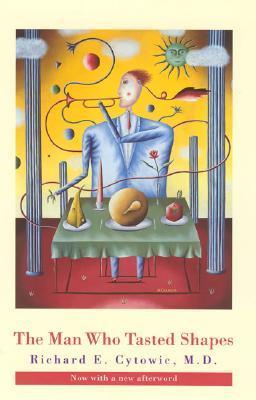What do you think?
Rate this book


296 pages, Paperback
First published January 1, 1993
This was a fairly interesting book about synesthesia - I had read the author's more recent work on the neurological difference called Wednesday is Indigo Blue and was fascinated, so this book soon made its way onto my "to-read" list, as I wanted to know more about Michael Watson and his ability to "taste shapes". I found the author's case studies to be interesting, and was intrigued by his methodical research and attempts to "get to the bottom of" synesthesia. Part 2 of the book gave me a lot to think about in terms of emotion vs. logic, and the roles/importance that society assigns to both, particularly the ideas of emotional logic, emotional intelligence, not to mention a few surprising dips into philosophy and what it is that truly makes us human.